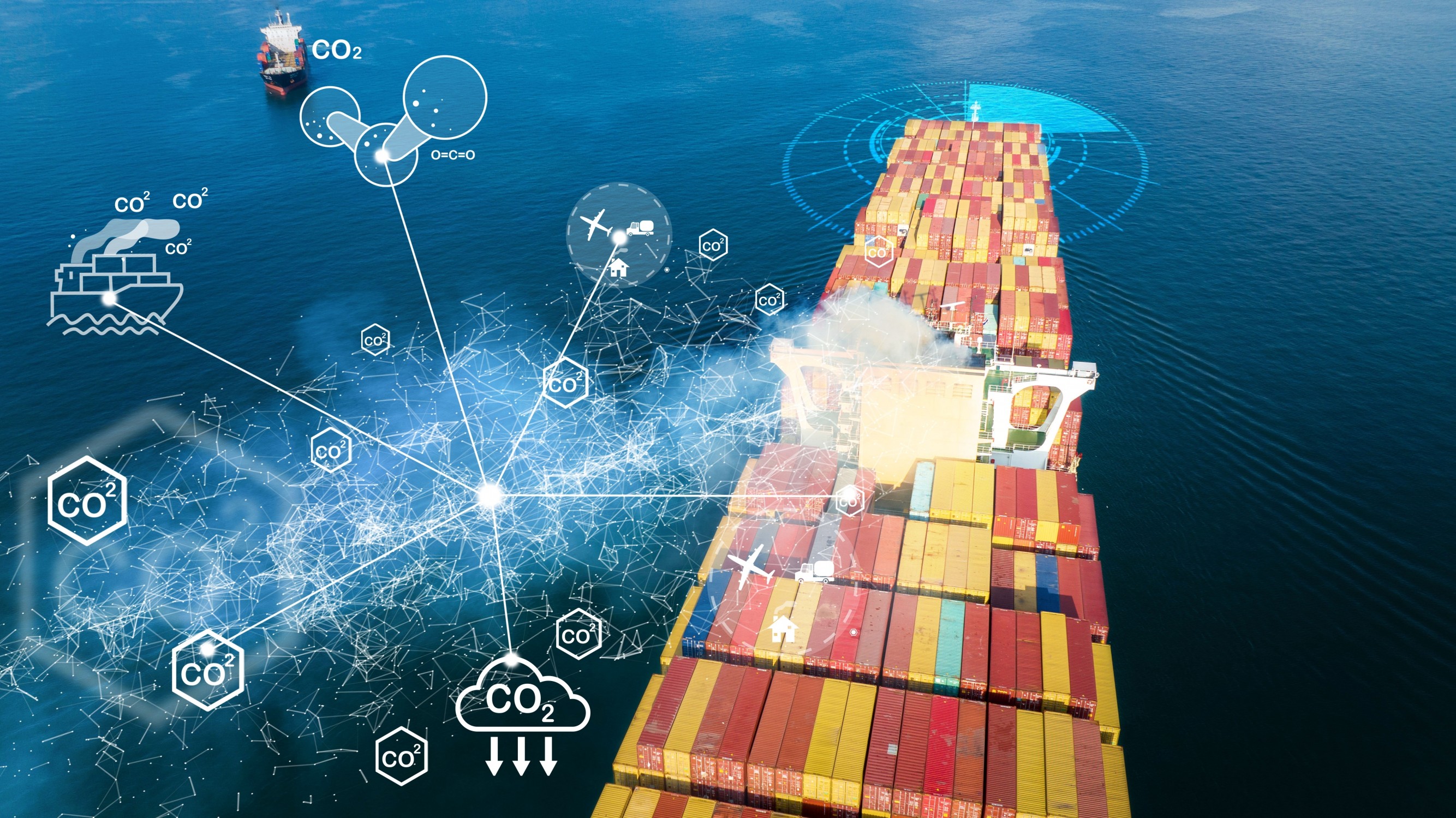
EU Emissions Trading System: Impact on Shipowners and Charterers
May 10th, 2024
EU Emissions Trading System: Impact on Shipowners and Charterers
Owners and charterers need to be aware that the European Union Emissions Trading System (EU ETS) has been extended to the maritime industry by EU Directive 2023/959 and they should be addressing it in their charterparties. As of 1 January 2024, the system covers carbon dioxide (CO2) emissions from cargo and passenger ships of 5,000 GT and above, calling at European Economic Area (EEA) ports, regardless of flag.
What is the EU ETS?
The EU ETS is a carbon emission trading scheme made up of units called “emissions allowances”. Each allowance gives a company the right to emit one tonne of CO2.
A limited number of emissions allowances exist within the scheme. Either shipowners or charterers must buy the allowances required to cover their vessel’s emissions for each applicable voyage. The payment responsibility is a commercial decision and allocation of this responsibility is discussed below.
Allowances can be purchased through auctions on the European Energy Exchange (EEX) or bilaterally through various derivatives provided by financial institutions. Over time, the EU will reduce the number of allowances that exist within the scheme. In theory, the lower supply and higher demand will result in an increase to the cost of the remaining allowances and encourage companies to invest in measures which reduce emissions (to avoid paying higher costs for purchasing allowances).
The scheme applies to 100% of emissions for voyages from one EEA port to another EEA port but applies to only 50% of emissions from one EEA port to a port outside of the EEA or vice versa. However, shipping companies will be required to surrender (use) their first allowances by 30 September 2025 for only 40% of their verified emissions reported for 2024. This will then increase to 70% of verified emissions reported for 2025.
Ultimately, the requirement will be 100% of verified emissions reported for 2026 and each year thereafter. Companies which fail to surrender sufficient allowances may be liable to penalties including hefty fines and potentially even being banned from EEA ports.
Who is responsible and who must pay?
The default position of the EU ETS is to place responsibility for compliance on the “shipping company” which is defined in the ETS Directive as:
“the shipowner or any other organisation or person, such as the manager or the bareboat charterer, that has assumed the responsibility for the operation of the ship from the shipowner and that, on assuming such responsibility, has agreed to take over all the duties and responsibilities imposed by the International Management Code for the Safe Operation of Ships and for Pollution Prevention…”
This definition appears to suggest that, by default, it is the registered owner of the vessel who must pay for and surrender the ETS allowances. However, implementing regulation 2033/2599 suggests responsibility can be shifted onto a bareboat charterer or ship manager who has been “duly mandated by the shipowner” via a mandate document with the relevant EU member state.
Parties should word the mandate document carefully to allow for responsibility to be terminated or updated at the end of the bareboat charter and to cover the possibility of early charter termination.
Parties should also ensure that the responsibility is clearly allocated to the intended entity. For example, if bareboat charterers intend to use their technical managers for ETS compliance, charterers should ensure that the technical managers are specifically named as responsible in the mandate.
In voyage or time charter scenarios, a mandate document is not required. The responsibility for payment can be shifted by including a clause to that effect in the charterparty.
BIMCO Clauses
To help with navigating allocation of cost under the ETS, BIMCO have created a set of clauses to give owners and charterers options to include in their charterparties.
The titles of the relevant clauses are:
- Emission Scheme Freight Clause for Voyage Charter Parties 2023.
- Emission Scheme Surcharge Clause for Voyage Charter Parties 2023.
- Emission Scheme Transfer of Allowances Clause for Voyage Charter Parties 2023.
- Emission Trading Scheme Allowances Clause for Time Charter Parties 2022.
The first includes the ETS costs in the freight rate. Essentially, the voyage charterer would pay the owner for the emission allowances required for the voyage. However, BIMCO say that it would remain the owners’ responsibility to surrender the appropriate number of allowances when required.
The second clause similarly has the charterers pay, however this time in the form of an “Emission Scheme Surcharge” rather than by incorporation into the freight rate. This likely means an additional standalone cost determined by the current price of the emissions allowances.
The third clause requires the charterers to directly transfer the appropriate amount of emission allowances to the owners rather than pay a sum of money. Again, the owners remain responsible for surrendering the allowances when required.
The final clause applies to time charters. This clause operates on the basis that the party providing and paying for the fuel under the time charter is responsible for providing and paying for the emissions trading allowances. This is likely to be the charterer. However, the clause specifies that it is the shipowners’ responsibility to monitor the vessel’s emissions and to provide the relevant emissions data including the basis of calculations to the charterers.
There are several other issues unlikely to be fully covered by the above clauses including off-hire periods, emergency diversions, and what specifically is agreed to constitute the voyage for the purposes of ETS responsibility. These issues, amongst others, may give rise to disputes. To avoid this, owners and charterers should consider a wide range of possibilities and draft the mandate and charterparty with care and specificity.
Conclusion
The scope of applicability of the EU ETS is set to widen over the coming years and so an increasing impact is likely to be felt by the maritime industry. Owners and charterers should carefully consider the allocation of responsibility whilst drafting their charterparties.
Are you on board?
Get in touch